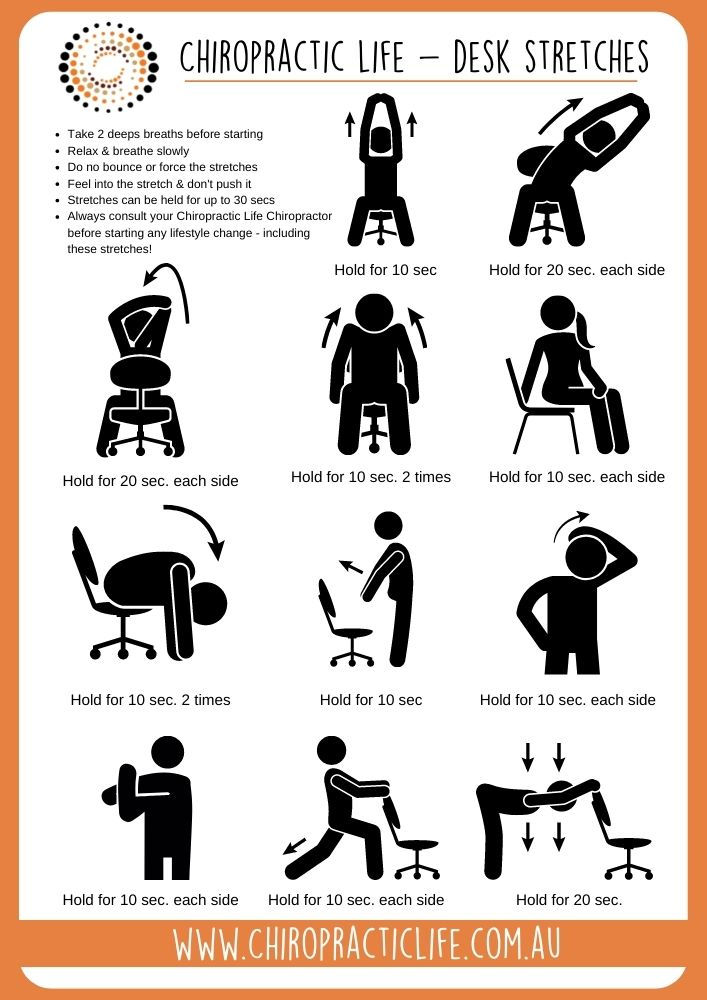💪Harnessing the Power of Movement for Mental Wellness
- Lindsey Karkos

- May 23, 2024
- 4 min read
Updated: Jun 3, 2024

In a world where overtime is often more an expectation than an occasional productivity boost, staying mentally sharp and physically agile can seem daunting, especially when balancing the demands of work and personal life.
While many recognize the significant improvements regular exercise brings to mental and physical health, finding time to move can be a challenge.
This post is written from my personal perspective as a Desk-bound Employee, here to show you simple, effective ways to integrate movement into your daily routine, enhancing your mental wellness and boosting your work performance without the need for extensive gym sessions.
PS: Remember that we are a payroll company, and we do the payroll stuff really well and love to share suggestions, but it is not our expertise! These tips are friendly tips, and we would never attempt to give any sort of medical advice, nor should our blogs take place of ANY professional advice on these tips.
A little Background:
Before my current role at our energetic Payroll Company, Humanic Global Solutions, I was a nationally ranked weightlifter, Coach, and personal trainer.
The transition to a desk-bound career was a culture shock for my body, which was accustomed to constant movement.
Sitting for long hours introduced me to new challenges, including stiffness and pain in areas I had never worried about as an athlete.
👉 Here's what I've learned:

Transitioning from a highly active lifestyle to a desk job, I quickly learned that certain areas of the body are particularly susceptible to pain and injury:
Lower Back: The lack of movement and poor posture at a desk can lead to chronic lower back pain, one of the most common complaints among office workers. This is often exacerbated by weak core muscles, which are crucial in supporting the lower spine.
Neck and Shoulders: Continuously craning toward computer screens or cradling phones between the shoulder and ear can lead to tension and strain in the neck and shoulders.
Wrists and Hands: Repetitive strain injuries, such as carpal tunnel syndrome, are prevalent due to continuous typing and improper ergonomics.
Hips and Legs: Sitting for prolonged periods can cause tight hip flexors and hamstrings, contributing to discomfort and reducing mobility.
The Benefits of Movement for Mental Health
I’ve personally felt the benefits of reintroducing regular movement into my daily routine. Physical activity is proven to reduce stress, anxiety, and depression while enhancing mood and overall cognitive function.
It increases blood circulation to the brain, which can help enhance focus and memory. Even short bursts of movement release endorphins, often known as 'feel-good' hormones, promoting a sense of well-being.
Incorporating simple exercises and stretches into your day can help mitigate these issues before they become serious problems.
Here are a few I've found invaluable:
Standing Desks: Switching to a standing desk intermittently throughout the day helps relieve pressure on the spine and improves posture.
This is my number ONE suggestion for anyone looking to improve the quality of their physical health while feeling overwhelmed by the idea of adding more to your tasks. It has absolutely changed the game for me - goodbye stiffness, backpain, and EOD lethargy.
If you want to take it up a notch, look into adding an under the desk treadmill to your set-up!
They aren't capable of running speeds, but you can work and walk miles every day and it really didn't take long for me to get a routine going. 💡 TIP: In my search, I found a standing desk converter at a yardsale for $30 and snatched it up in a heartbeat - plenty of folks are rehoming their standing desks, so if you want a cost-friendly alternative to the amazon price-tag, keep your eyes peeled!

Regular Stretching: Simple stretches targeting the neck, back, and legs can reduce stiffness and enhance flexibility.
I find myself mindlessly stretching when I'm standing at my desk, using my rolling chair to stretch my hip flexors, and lower back.
Another great resource is "desk stretches" which don't require you do commit much time or leave your desk - but after you complete the flow, you'll feel it immediately.
This poster from Chiropracticlife.com.au is a great flow that includes breathing exercises to get your stress and functional breathing back in order.

Short Walks: Taking short walks during breaks not only helps with physical health but also clears the mind, boosting creativity and productivity.
I take my dog, Coco out for a short walk during my breaks, and it's a win-win!
It also reminds me to step away from my desk and actually take the breaks I am supposed to as an employee. Working from home often has me forgetting that I still need to follow FLSA regulations to ensure I am following legal labor practices that are there to encourage the health of our workforce. And Coco doesn't hate it either! 🐶
Listen – I can’t say I am perfect in terms of “harnessing the power of movement”, but I can say without a doubt, these simple additions have improved my overall health and mental wellbeing while positively contributing to my overall productivity and attentiveness.
I hope you found at least one little nugget of information to tuck into your front pocket.
😊 Remember, integrating movement into your workday isn’t just about fitness – It’s about enhancing your overall quality of life!

.png)



Comments